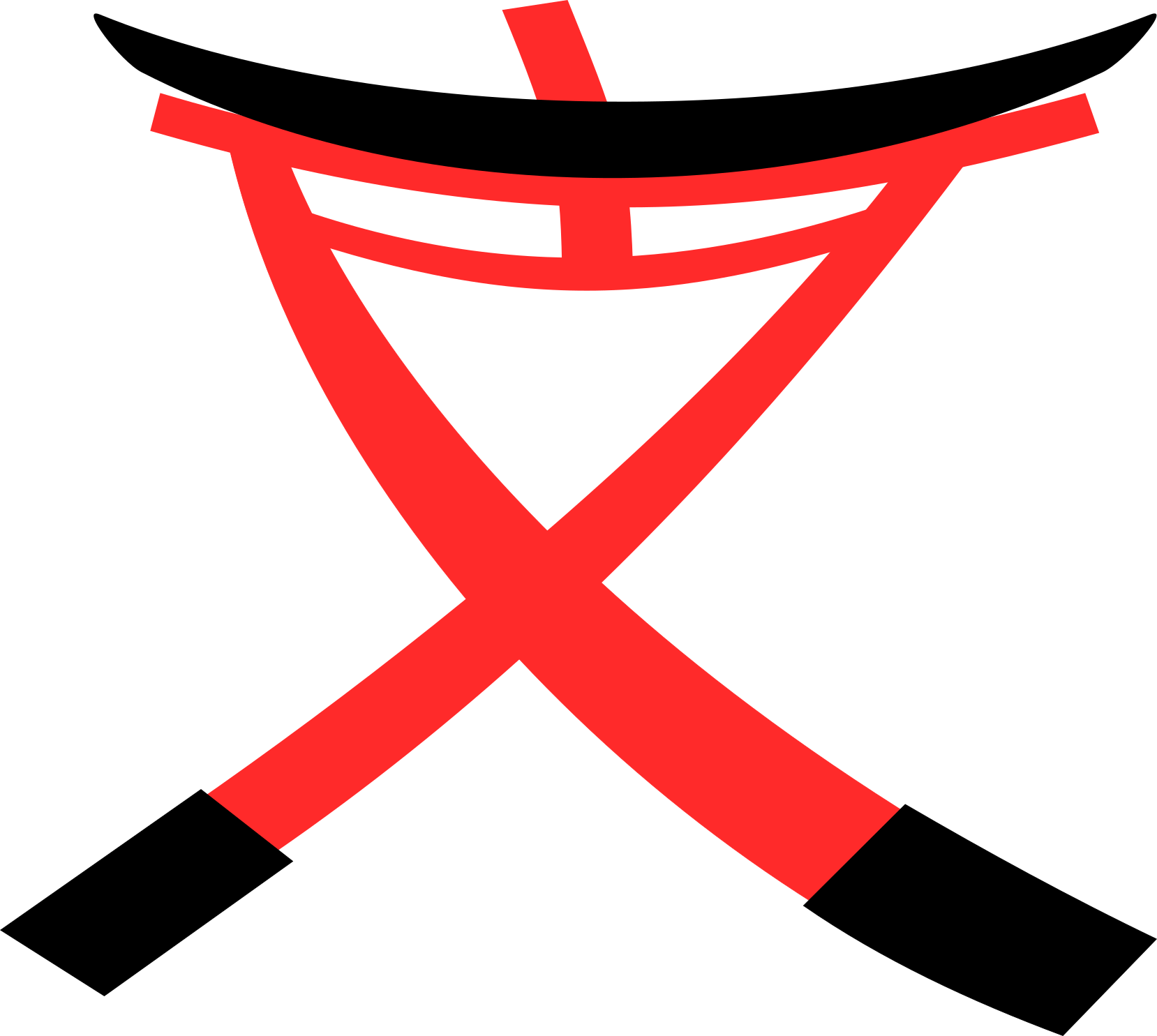Cabinet Rules for Okurigana Application
Preface
- These Okurigana Application Rules indicate how okurigana is to be applied using the readings associated with the Joyo Kanji in laws, official documents, newspapers, magazines, broadcasts, and other general social cases of modern written Japanese.
- These Okurigana Application Rules are not intended to apply to science, art, technical or other specialized fields, or personally writings.
- These Okurigana Application Rules are not intended to apply to cases where kanji are used symbolically, when used in tables, or for proper nouns.
Scope
The Cabinet Rules are intended to bring consistency in common public application of okurigana. Thus the rules are not intended to apply to specialized, personal, traditional or other types of writing where customary or exceptional usages are needed. The Cabinet Rules are strong suggestions, there are many common examples of variation in daily use.
How to Read and Use this Text
- The Organization of the Text
Tabular Layout Not Original
This section is presented in outline form in the Japanese text but was converted to a tabular format here to aid the reader's understanding by further accentuating the organizational structure.
| Independent Words | Inflecting Words | General Rule 1 | Words with Inflectional Suffixes |
| General Rule 2 | Okurigana Relating to Inflectional Suffixes with Consideration of Derivation or Correspondence to Related Words | ||
| Non-Inflecting Words | General Rule 3 | Nouns and Words without Okurigana | |
| General Rule 4 | Nouns Derived from Inflectional Words and Words Related to Other Words with Okurigana | ||
| General Rule 5 | Adverbs, Adnominals (Rentaishi), and Conjunctive Words | ||
| Compound Words | General Rule 6 | Words that Take Okurigana According to the Individual Word Okurigana | |
| General Rule 7 | Words that Do Not Take Okuriganain Accordance with Customary Usage | ||
| Appendix Table Words | Words with Special Okurigana Attachment Cases | ||
| Words that Do Not Take Okurigana | |||
- The General Rules are basic rules for assigning okurigana, based on whether words are individual or compound, inflecting or non-inflecting, etc. Exceptions and allowances are noted in each General Rule as necessary. It should be noted that General Rule 7 is an exception to General Rule 6, but was made separate because of the large number of words it covers.
- Definitions of Terms Used in the Text
| Individual Words | Words that can be written with one kanji character, using either the on or kun reading of that kanji character. |
| Compound Words | Words that have more than one kanji character, where the readings of the characters are a combination of kun and kun, on and kun readings, etc. |
| Appendix Table Words | Words that are given in the Joyo Kanji table, but are problematic with regards to the application of okurigana [thus special instructions are given]. |
| Inflecting Words | Verbs, i-adjectives and na-adjectives. |
| Non-Inflecting Words | Nouns, adverbs, adnominals (rentaishi) and conjunctions. |
| Main Rule | The rule that is considered the standard method for applying okurigana. |
| Exception | Cases where the main rule does not fit, because of accepted customary practice or where applying the main rule might create ambiguity. |
| Allowance | In addition to the main rule and in accordance with accepted customary usage these are permissible alternative okurigana application methods. |
- In the case of either individual or compound words that contain phonetic characters, these readings aren't mentioned unless necessary because the phonetic part usually does not require okurigana.
- For each General Rule, where okurigana could be attached either by the main rule or an allowance, it is acceptable to follow either. When it is difficult to determine whether to apply the main rule or an allowance, the main rule should be followed.
Note: This notice is written in vertical format, but has been written here horizontally for convenience.
